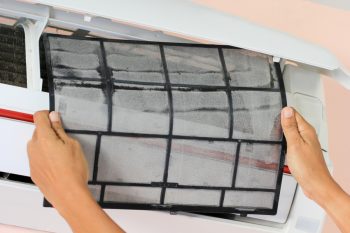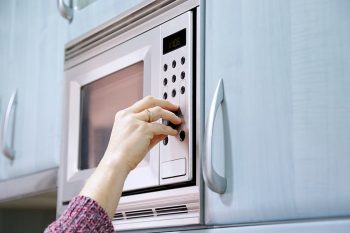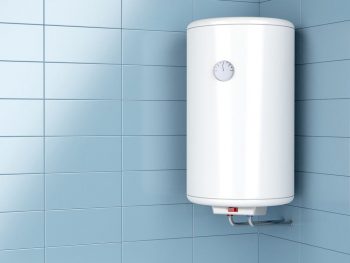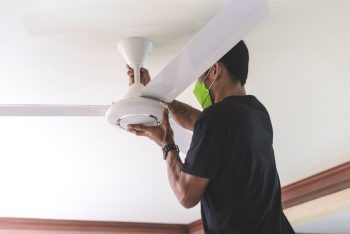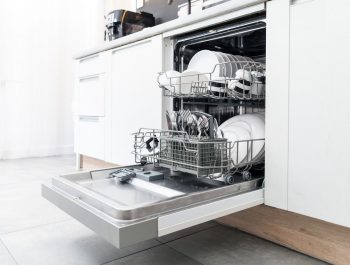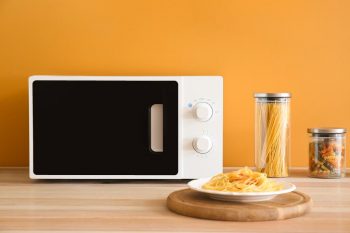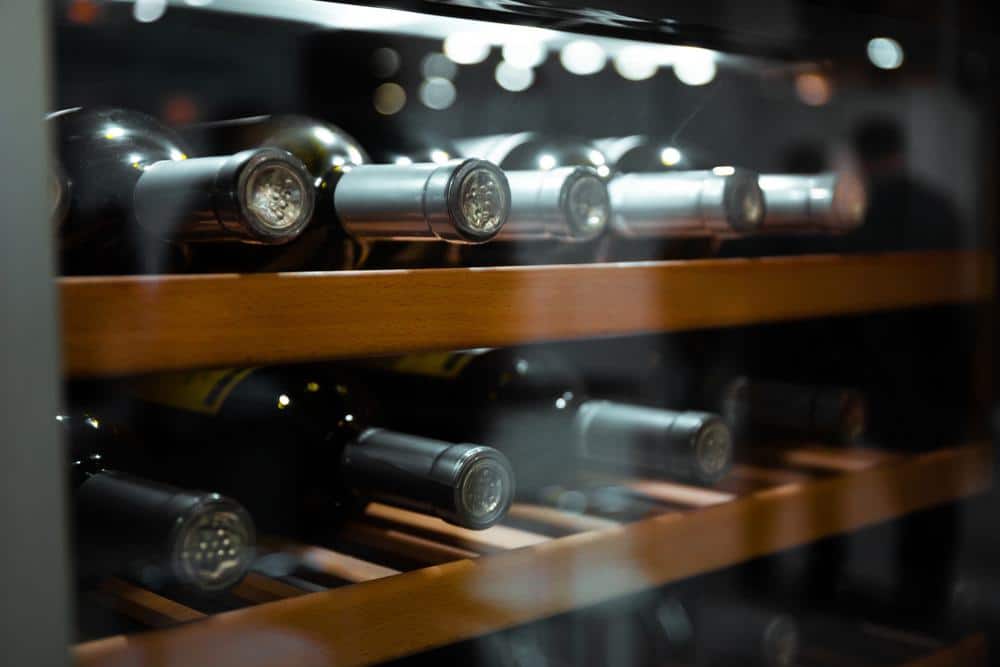
Wine fridges, also known as wine coolers or wine chillers, are specialized appliances designed to store and preserve wine, providing the optimal environment to maintain its quality, flavor, and longevity. But how does a wine fridge work, and why is it considered an essential appliance for wine enthusiasts? Here’s everything you need to know.
A wine fridge works by using a compressor-based or thermoelectric cooling system to maintain the optimal temperature for wine storage. It also controls the humidity levels to prevent the corks from drying out or becoming too moist, which could spoil the wine. Furthermore, it offers UV protection and reduces vibrations to preserve the wine’s integrity. In essence, a wine fridge provides an ideal environment to store and age wine effectively.
Understanding the Basics of a Wine Fridge
At its core, a wine fridge is a temperature-controlled appliance specifically designed for the storage of wine. They come in various sizes and capacities, ranging from small units that hold 25 bottles or less to commercial wine refrigerators for larger collections. Unlike standard food refrigerators, wine fridges are designed to maintain consistent temperatures and humidity levels, which are crucial for preserving the quality of wine.
The Science of Cooling: Compressor vs. Thermoelectric Systems
Wine fridges maintain the optimal temperature for wine storage by using two types of cooling systems: compressor-based and thermoelectric.
Compressor-based wine fridges work similarly to your conventional refrigerator. They use a liquid refrigerant that circulates through a compressor system. This process produces cold air inside the fridge and expels hot air externally. These types of wine fridges can reach very cold temperatures and are suitable for chilling various types of beverages and food.
On the other hand, thermoelectric wine fridges utilize the Peltier effect to cool the wine. This natural phenomenon uses electricity to create a temperature difference between two sides of a thermoelectric module. These types of wine fridges are more common in residential settings due to their smaller size and quieter operation.
Humidity Control: Preserving the Quality of Wine
Humidity control is another essential feature of a wine fridge. The ideal humidity range for wine storage is between 50% and 70%. A wine fridge controls humidity levels by maintaining a well-insulated environment and, in some cases, using a built-in or separate humidifier to regulate the moisture in the air.
This control is crucial for proper wine storage as it helps keep the corks moist and well-sealed, allowing the wine to age slowly without spoilage. If the humidity is too low, the corks can dry out, leading to oxidized and spoiled wine. Conversely, if the humidity is too high, it can promote mold and mildew growth, damaging the wine labels and affecting the collection’s value.
UV Protection and Vibration Reduction
Wine fridges are designed to protect wine from light exposure and vibrations, both of which can negatively impact the wine’s integrity. Wine fridges often have shielded UV glass to protect the wine from harmful UV rays, and they provide a vibration-free setting due to their unique compressors.
Choosing the Right Wine Fridge
When choosing a wine fridge, consider the types of wines you want to store, the available space in your home, and your budget. Different wines require different temperatures for optimal storage, so it’s essential to select a fridge with adjustable temperature settings.
From single zone wine coolers to dual zone wine fridges, built-in wine refrigerators, under-counter wine fridges, and countertop wine coolers, there are various categories of wine fridges to accommodate different types of wines and storage needs.
The Benefits of Using a Wine Fridge
Using a wine fridge over a regular fridge for storing wine offers several benefits. These include precise temperature control, optimal humidity levels, reduced vibrations, UV protection, proper horizontal storage, cost-effectiveness, space efficiency, and aesthetics.
In conclusion, a wine fridge works by using either a compressor-based or thermoelectric cooling system to maintain the optimal temperature for storing and preserving wine. These appliances provide an ideal environment for your wine collection, ensuring that your bottles retain their flavor, color, and quality. Whether you’re a casual wine drinker or a serious collector, investing in a wine fridge can enhance your wine enjoyment and appreciation.
Frequently Asked Questions
What temperature should I set my wine fridge at?
The ideal temperature for storing most wines is between 50 and 59 degrees Fahrenheit (10-15 degrees Celsius). However, this can vary depending on the type of wine. For example, red wines are typically stored at slightly higher temperatures than white wines.
How often should I clean my wine fridge?
It’s recommended to clean your wine fridge at least once every three to six months. Regular cleaning helps to prevent the growth of mold or mildew, which can affect the taste and quality of your wine.
Can I store other beverages in my wine fridge?
Yes, you can store other beverages in your wine fridge, such as beer or soda. However, remember that wine fridges are specifically designed to maintain the optimal conditions for wine storage, so these beverages may not be kept at their ideal temperatures.
Can I place my wine fridge anywhere in my home?
While wine fridges are quite versatile, they shouldn’t be placed in areas where they will be exposed to direct sunlight or high temperatures, as these conditions can interfere with the fridge’s ability to maintain the optimal temperature and humidity levels.
Does the size of the wine fridge affect its performance?
The size of the wine fridge does not directly affect its performance. However, larger wine fridges may have more advanced features, such as dual temperature zones, which can provide more precise temperature control for different types of wines.

